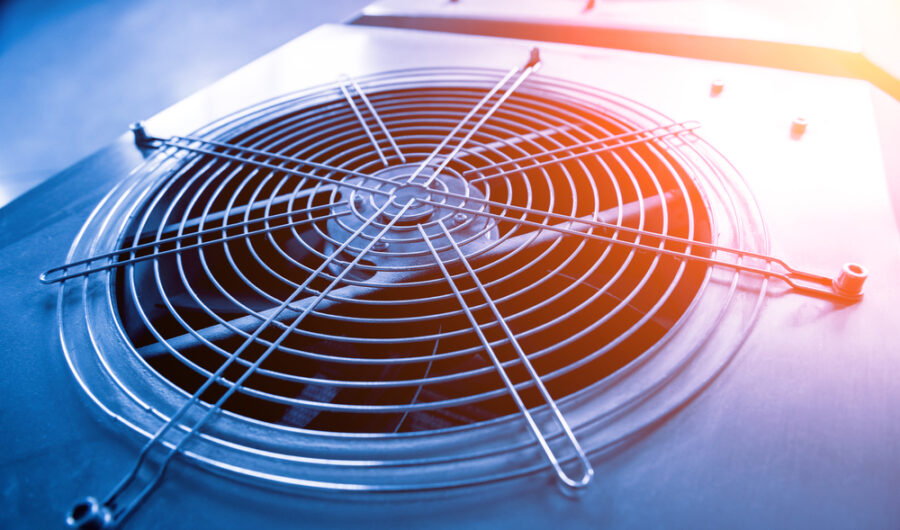When considering AC installation cost, you must know the hidden costs. It will help you get the most out of your installation.
Choosing the right system for your home can make a big difference in comfort, efficiency, and longevity. It can also help you save money on energy bills.
Taxes
You should be aware of many tax-related issues when you’re planning to install a new AC system. One of the most important is whether or not you’ll be eligible to claim tax credits for your energy efficiency improvements.
Two federal tax credits that reward homeowners who improve their home’s energy efficiency were extended and enhanced as part of the Inflation Reduction Act (IRA) of 2017 by Congress. It includes energy-efficient air conditioners, heat pumps, and home envelope improvements like windows, doors, and insulation.
The IRS defines repairs as “an improvement made to an existing structure, resulting in the betterment of the property and restoration.” AC installation must be evaluated carefully to determine whether they qualify as deductible repair expenses or more extensive work that must be capitalized. The tax experts at Kobie Complete are here to help you through this process and ensure you can get the most out of your home’s energy upgrades.
Electrical
The best way to save on your energy bill is to get your home-sized central air conditioner (CAC) right the first time. One of the cheapest ways to do this is to have a professional AC technician remove your existing system and install a brand-new one that will fit your budget. It can take a full day or two, depending on the size of your house and your contractor’s schedule. A modern AC unit will also entail upgrading your existing electrical panel to 200 amps (or more) to keep your AC running smooth and your power bills in check.
Ductwork
The air ducts that connect your furnace and AC to your living space are essential to your HVAC system. With well-designed ductwork, your system’s efficiency and air quality can improve.
Ducts are metal tubes that bring air from the furnace and AC to different home rooms. They also help control the temperature of the air as it travels through the system.
Typically, air ducts are made of galvanized steel. They are generally insulated to prevent heat transfer and keep the air at a consistent temperature.
The air that passes through ducts is forced through a vent, which enters a room and adjusts the temperature to make that space more comfortable. The ducts can be flexible or rigid, depending on the needs of the space and installation conditions.
Plumbing
Depending on your location and budgetary constraints, installing an AC unit can be prohibitively high. However, you can employ some trade tricks to control your cooling bill. A bit of legwork and elbow grease can go a long way toward getting your home or office cooled down most efficiently. The best part is that you’ll be rewarded for the effort with an enjoyable, comfortable environment, no sweat!
More Stuff For Your Inspiration:
- No Related Posts
Related posts
Categories
- Around The World (369)
- Business (57)
- Education (9)
- Home Improvement (23)
- Humor (191)
- Inspiration (512)
- Lifestyle (21)
- Motivation (2)
- News (31)
- Photo of the Day (257)
- Photography (105)
- Technology (61)
- Travel (8)



